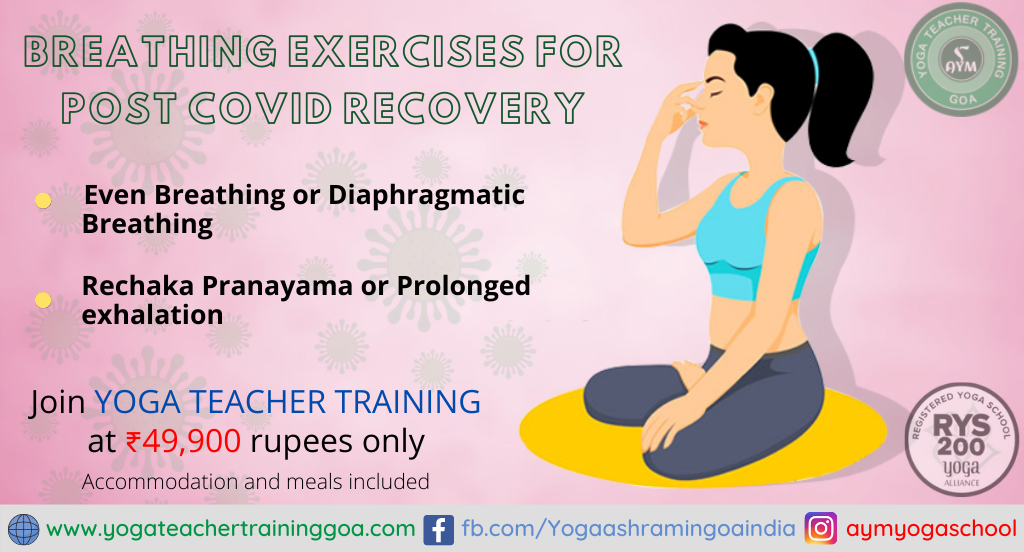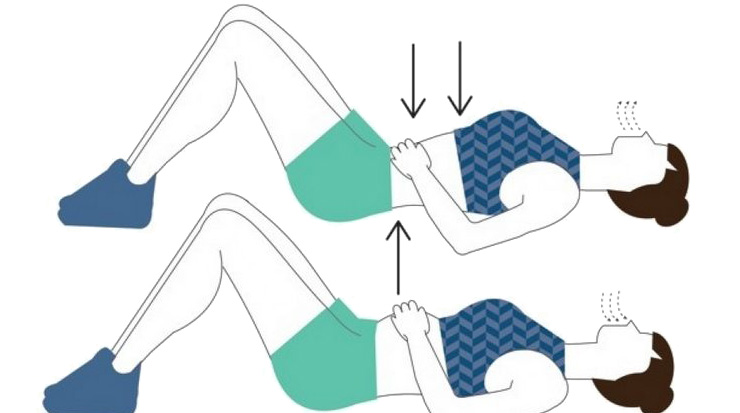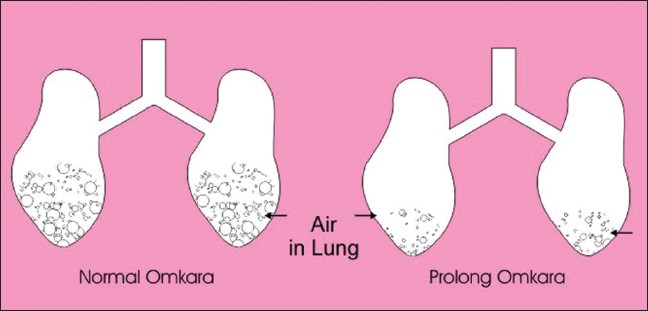
Breathing exercises for post COVID recovery
Breathing exercises for post COVID recovery – The ancient wisdom of yoga speaks of the deep connection between respiration and the physical, mental, and spiritual well-being of the individual. Pranayama, the art of yogic breathing, enhances respiratory function, bringing relief and vitality to the physical body. It encourages mental clarity and alertness, preparing the mind for either decision-making or meditation. Pranayama provides a deep abiding sense of peace and wholeness, as well as greater energy and enthusiasm for life.
We need yoga and its techniques more than ever because (especially in this second wave of COVID) the whole focus now is on mental and physical well-being, especially for those diagnosed with Corona or who have healed from it. Here are the two most essential Pranayama exercises you can try.
⊛ Even Breathing or Diaphragmatic Breathing:
Diaphragmatic breathing, which is sometimes referred to as even breathing or deep breathing, is breathing that’s done by using the diaphragm in a controlled method. The diaphragm is a muscle found between your stomach and chest cavities. During this kind of breathing, air penetrates the lungs, and the abdomen expands.
This breathing is characterized by expansion from the abdomen instead of the chest when inhaling and exhaling. It is often used by those who stutter, have an anxiety disorder, or hyperventilate as a form of treatment. Diaphragmatic breathing has proven to be a very effective technique to control several other medical diseases.

How Diaphragmatic Breathing Is Done-
According to the NCCAM, a National Alternative Medical Center, “Almost 13% of all American adults have performed deep-breathing exercises at some point for health reasons. It describes the following, “Deep breathing entails slow and deep inhalation with the nose, usually to a ten count, then slow and complete exhalation for another ten counts. It is recommended to perform these exercises in sets of 10, and they can be done 5 to 10 times daily.”
In Diaphragmatic Breathing, one must convey air into the lungs in styles that will fill the belly and never the chest. It is prudent to perform this pranayam as long, slow intakes of air; this enables your body to consume all of the breathed oxygen while concurrently relaxing.
To do that conveniently, it is usually best to release tight-fitting pants/skirts/belts, as these can prevent the body’s ability to breathe air. While in the start, one may not feel comfortable expanding the stomach by breathing, even breathing fills up most of the lungs with oxygen.
READ ALSO: 200 hour Yoga Teacher Training in Goa
⊛ Rechaka Pranayama or Prolonged exhalation:
Rechaka Pranayama can help in easing the body. During inhalation, the lungs open, and its veins fill with blood for oxygen and carbon dioxide to move in the lungs and the respiratory system. Prolonged exhalation generates a trivial reduction in systemic BP (blood pressure). To neutralize this, the nervous system dialogically raises the rate of heart and compresses blood vessels. During exhalation, blood flows out of the veins of the lungs, which makes a slight rise in systemic blood pressure? Our nervous system dialogically reduces the rate of heart and increases blood vessels. Employing a long exhale takes the support of this reflex.

How Rechaka Pranayama Is Done –
- Breathe in gently and rhythmically in one long and continuous inspiration for three secs.
- Hold the breathed air for at least six secs.
- Now breath out deliberately, as freely as possible, bypassing hasty and jerky steps for twelve secs. The purpose is to enhance the duration of exhalation. This can be done only by enabling the breath to fly in a small and long measure much in progress of time, for example, before a quick and robust exhalation becomes essential. When exhalation starts, concentrate on the clavicle region. As exhalation progresses, let the concentrate move smoothly from the clavicle to the inter-costal and progressively to the visceral area.
- Try to arrange the time of both retention and inhalation in such a form as to leave a sufficient margin of time for complete Rechaka Pranayama.
- Keep your neck, head, and spine in a perpendicular position. You keep your facial tissues comfortable, and your nose should be unconstricted. Exhalation is rhythmic and slow – smooth, long, and without jerks.
- After finished the exhalation, take a few regular breaths and rest.
Pranayama (breathing) will be pivotal in your healing process as it supports the body achieve a sleep-like, relaxed state which increases regeneration, healing, and recovery. The more positive, comfortable, and stress-free we are, the quicker our recovery will be. Corona is exhausting physically, but it can also weaken us mentally because of all the awareness and attention around it. Doing proper breathing exercises is the way to find a calm and relaxed state of mind.
